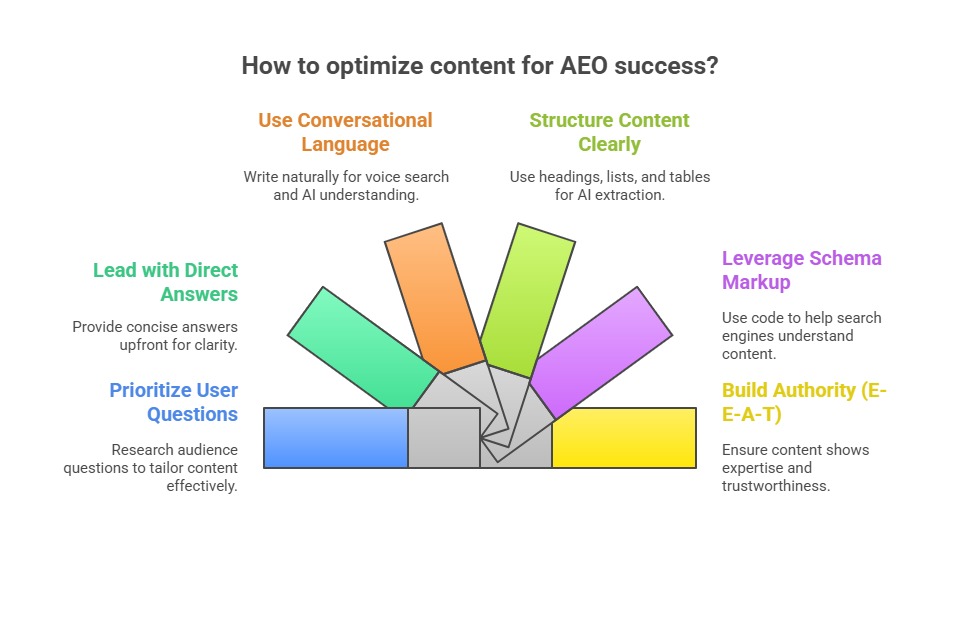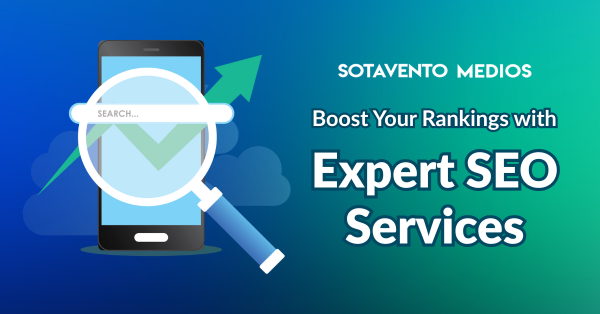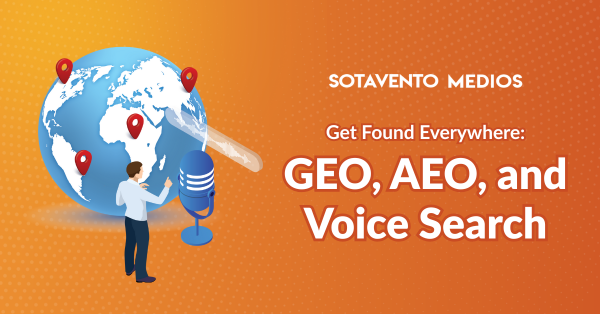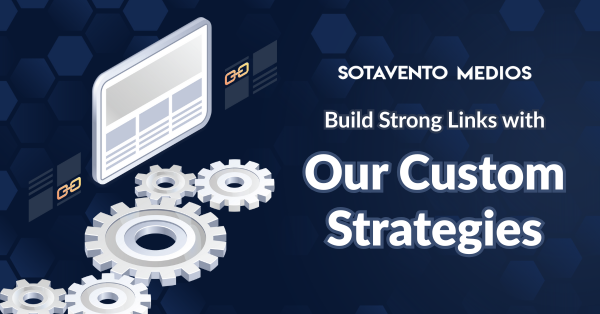AEO is a step forward from traditional SEO (Search Engine Optimization). It adjusts to the rise of AI overviews, voice assistants such as Siri or Alexa, and featured snippets (Position Zero) that give direct answers without needing to click on a website.
Core Concept
The aim of AEO is to make your content the main, quick answer to a user’s question. This helps your brand become a trusted source.
| Feature | Traditional SEO | Answer Engine Optimization (AEO) |
| Primary Goal | Drive clicks/traffic to your website by ranking pages high in search results. | Provide direct, concise answers to user queries, being cited by AI/search engines. |
| Content Focus | Broad, in-depth content targeting specific keywords. | Direct answers, conversational language, and content structured around specific questions. |
| Key Metric | Organic traffic, clicks, keyword rankings. | Featured snippet appearances, AI overview citations, brand mentions, and trust. |
| Target Platforms | Traditional search engine results pages (SERPs). | Featured Snippets, “People Also Ask,” Voice Search, and AI-powered chat results. |
Key Strategies for AEO Success
- Prioritize User Questions: Research the exact questions your audience is asking using tools like “People Also Ask” boxes.
- Lead with Direct Answers: Start your relevant content sections with a clear, concise answer of 1-3 sentences right away, followed by more detail.
- Use Conversational Language: Write naturally, as if you were speaking, to optimize for voice search and AI understanding.
- Structure Content Clearly:
- Use question-based headings (e.g., <h2>What is Answer Engine Optimization?</h2>).
- Use lists (bulleted and numbered) and tables to make it easy for an AI to extract information.
- Leverage Schema Markup (Structured Data): Use specific code like FAQPage and HowTo schema to help search engines understand and pull your content for rich results easily.
- Build Authority (E-E-A-T): Ensure your content shows Experience, Expertise, Authoritativeness, and Trustworthiness to be seen as a reliable source by search engines and AI.

Authorized Economic Operator (AEO)
In international trade and customs, AEO stands for Authorized Economic Operator. It is a certification given by customs administrations to businesses that meet certain international security standards.
Core Concept
The AEO status is a globally recognized sign of a company’s reliability and security in the international supply chain.
Benefits for Your Business (Supply Chain)
The main advantage is faster and more efficient customs processes, which saves time and money.
- Fewer Physical and Document-Based Controls: AEO-certified goods are less likely to be selected for customs inspection.
- Priority Treatment: Faster processing when selected for control, meaning less delay at the border.
- Reduced Data Requirements: Simpler declarations and fewer pre-arrival or pre-departure filing needs.
- Mutual Recognition: AEO status is often accepted by countries outside the issuing customs union (e.g., the EU’s AEO is recognized by the US and China), offering benefits in those markets too.
- Improved Security and Communication: Better relationships and quicker communication with customs authorities.
Who Can Get AEO Status?
It is generally available to anyone involved in the international movement of goods, including:
- Manufacturers
- Exporters and Importers
- Freight Forwarders
- Customs Agents
- Carriers
- Warehouse Operators
To get certification, your business must show a strong compliance history, financial stability, and adherence to specific security standards for things like facilities, personnel, and information technology.

















